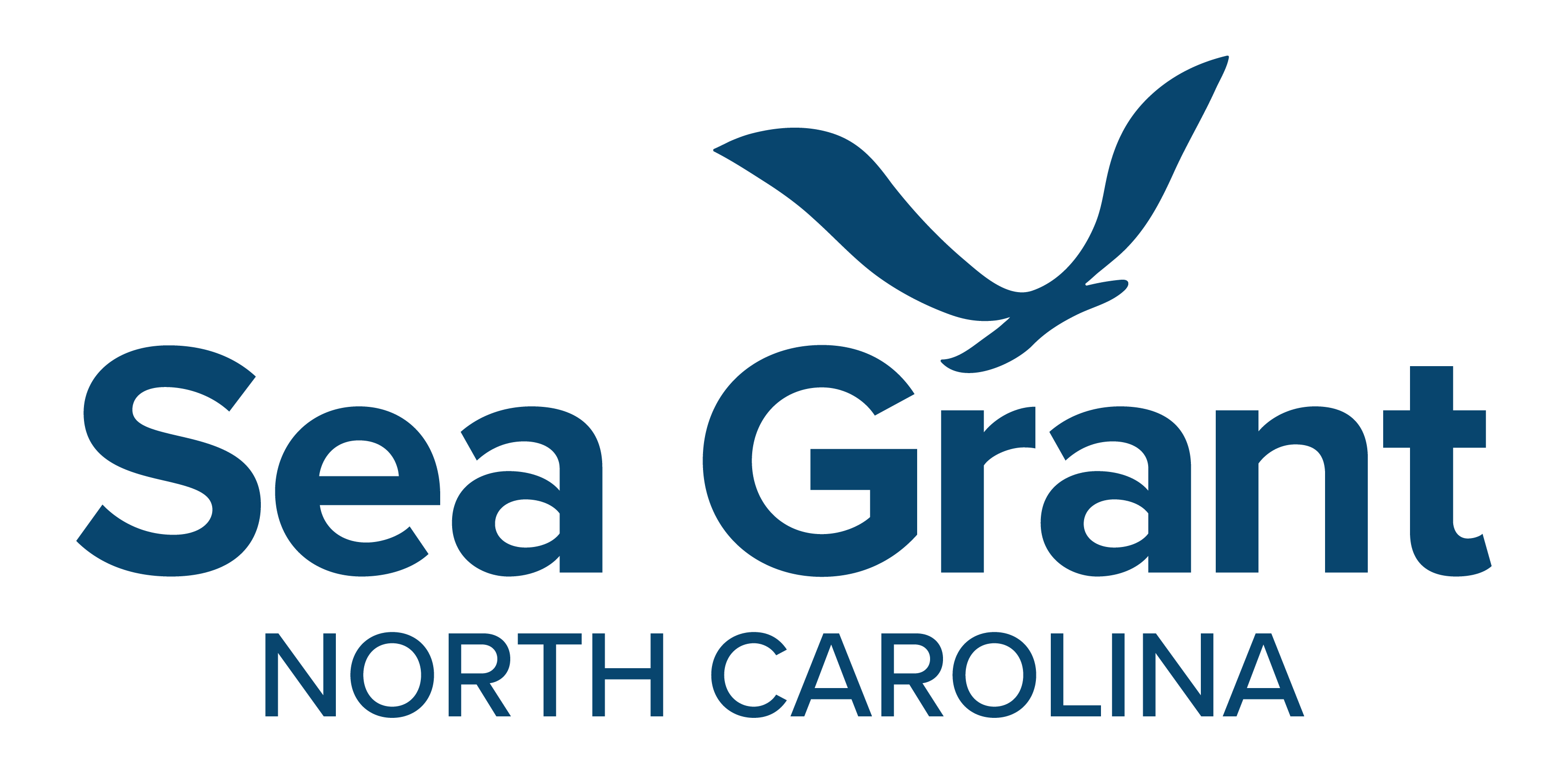Community-Level Resilience Planning
Coastal residents will continue to face exposure to sea level rise and climate change, as well as other associated coastal hazards. North Carolina Sea Grant has extensive expertise helping communities build and strengthen resilience in order to adapt to meet heightened challenges.
Most recently, this work has included collaboration on the N.C. Resilient Coastal Communities Program, which is designed to facilitate community-driven processes for setting resilience goals, assessing capacity, and identifying and prioritizing projects to enhance community resilience.
Sea Grant also has collaborated on demonstration projects with several individual municipalities on resilience planning, including these below.
The Town of New Bern and New Hanover County
Nuisance flooding — also known as sunny-day or high-tide flooding — is pervasive in the Southeast. Over the last 20 years, the region has seen a 300% increase in nuisance flooding days. To help the Town of New Bern (in Craven County) and New Hanover County improve their resilience, North Carolina Sea Grant is partnering to design new locally-specific, cost-effective flood mitigation solutions that focus on transportation infrastructure.
One of the goals of the collaborative project is to assess the potential of both gray solutions (“hard” structures, such as culverts, retention ponds, seawalls, roads, and dams) and green solutions (methods that mimic the natural environment, such as permeable surfaces or landscaping that reduces runoff). Read more.
In addition, in New Bern’s Duffyfield neighborhood, an African American community that has suffered repeated flooding, we’re mentoring university students who are conducting neighborhood interviews, with plans to provide recommendations for the community’s best use of land. For more on flooding, see mitigating climate impacts on infrastructure below.
The Town of Nags Head
In 2015, the town launched FOCUS Nags Head, an effort to overhaul its land use policies and ordinances, which included a comprehensive plan that explicitly addresses climate change and sea level rise. As part of a collaborative team, North Carolina Sea Grant engaged the community in conversations about the town’s unique vulnerabilities — and how to adapt to them.
As was the case earlier with North Carolina Sea Grant’s work in the Town of Plymouth, the Town of Nags Head used Vulnerability and Consequences Adaptation Planning Scenarios (VCAPS). Sea Grant, the Social and Environmental Research Institute, and the University of South Carolina developed VCAPS. The town’s resulting plan placed it among the pioneering communities in North Carolina in adopting policy on sea level rise.
Hyde County
In partnership with the Hyde County Office of Planning and Economic Development, Sea Grant began working on a resiliency plan for the county in 2014. At the time, 83% of residents lived in the 100-year floodplain.
The collaboration created a flood planning and resilience guide, as well as flood planning resources on preparing property, packing emergency supplies, and what to expect in the aftermath of a flood.
For a broader look at flooding, see also mitigating climate impacts on infrastructure below.
